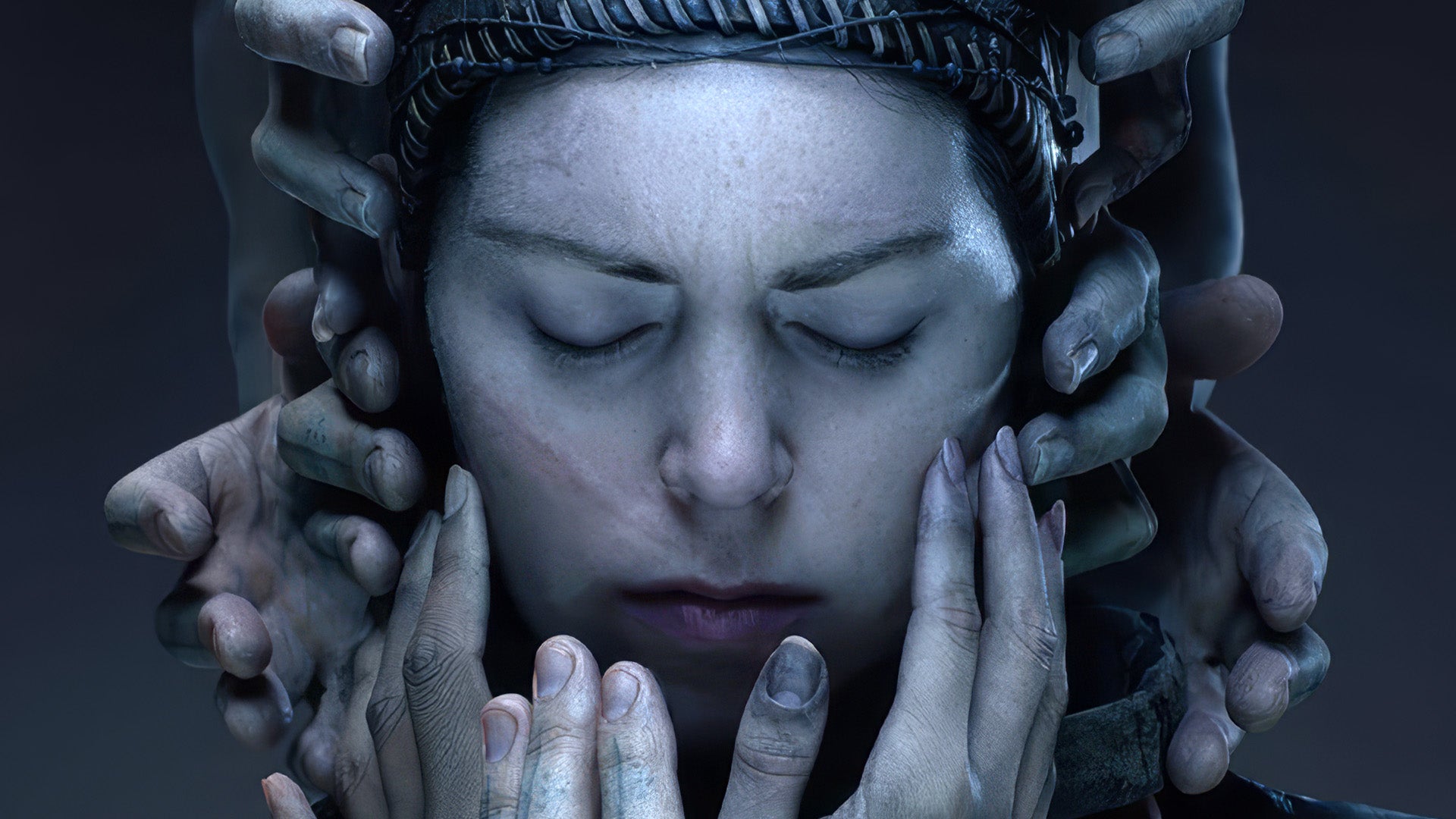Senua’s Saga: Hellblade 2 stands as one of the most impressive games we’ve seen this year, and, in fact, this entire generation. It’s a game that pushes the limits of what Unreal Engine 5 can offer at this point in time, taking full advantage of its many features. Beautiful acting, amazing character models, stunning landscapes, and truly exceptional lighting all come together to create a moody, beautiful and atmospheric experience.
We recently had the chance to sit down with three key members from the Hellblade 2 development team at Ninja Theory: VFX director Mark Slater-Tunstill, environment art director Dan Atwell and audio director David García Díaz. We spoke at length about the tech behind the game, the challenges and opportunities of being an early Unreal Engine 5 release, and some key development decisions that defined the title.
As usual, the interview text below has been lightly edited for length and clarity, with the full discussion available via the video embed below.
Digital Foundry: I want to start by going back to the beginning. When the project first got underway, this was announced prior to the arrival of the new consoles. It was the first next generation game announced. And as we know now, it did end up shipping on Unreal Engine 5, using many of those key features. When you announced it, UE5 didn’t yet exist publicly, and you guys didn’t actually have any information on it either. Can you talk about the point where you first switched over to this new version of Unreal Engine, what your first thoughts on these new tools and technologies were, and discuss the transitional period when you moved over from UE4 to UE5?
